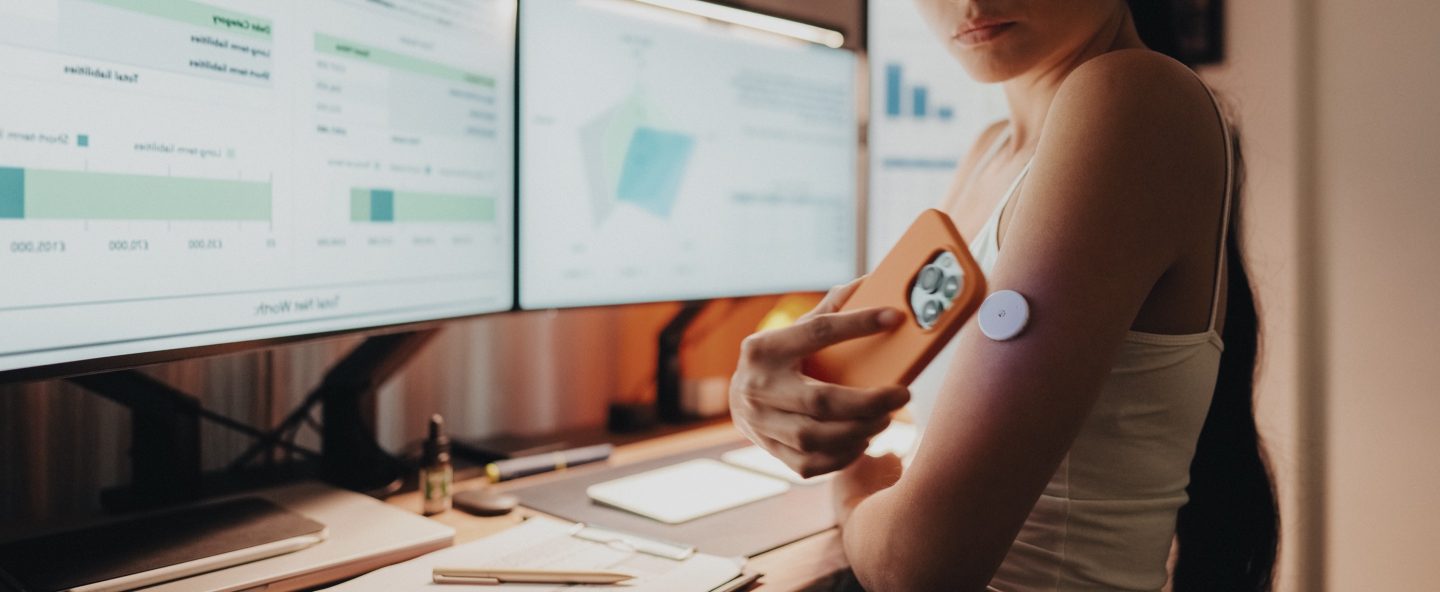Baim-Lance A, Angulo M, Chiasson MA, Lekas HM, Villarreal J, Cantos A, Kerr C, Nagaraja A, Yin MT, Gordon P. Challenges and opportunities of telehealth digital equity to manage HIV and comorbidities for older persons living with HIV in New York State. BMC Health Serv Res 22, 609 (2022). https://doi.org/10.1186/s12913-022-08010-5
This study used mixed methods to investigate access, use and quality of HIV and other telehealth services for older people living with HIV (PLWH) during the initial wave of the COVID-19 pandemic. Participants over 50 years of age and receiving HIV care in an urban academic medical center in New York City or in a rural federally qualified health center were enrolled (total N=80). The study administered a survey of closed and open-ended questions (in English or Spanish) in-person or via telephone. The survey assessed physical and mental health history and current health status, COVID-19 history, management of HIV and comorbidities during COVID-19, social support during COVID-19, and socio-demographics. Results found that telehealth access and use were impacted by several factors, including access to devices, connectivity, technology literacy, and privacy concerns. Seventy-four percent of participants had at least one telehealth visit for an HIV or specialty visit. Most (70%) participants who had at least one telehealth visit perceived it as worse than in-person. Specifically, participants felt the telehealth appointments were less interpersonal, prone to technical issues, and resulted in poorer outcomes (i.e., lack of receiving referrals and follow up care management). Reported barriers to telehealth included limited access to and reliability of technology, low technology literacy, and discomfort sharing with providers virtually. These findings inform the need for development of digital health interventions that are acceptable and feasible for older PLWH.
